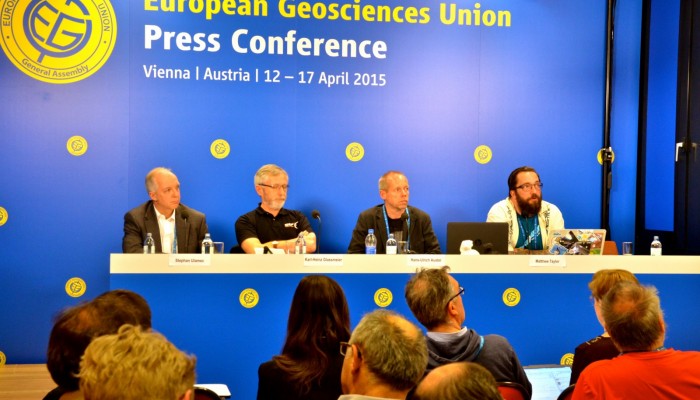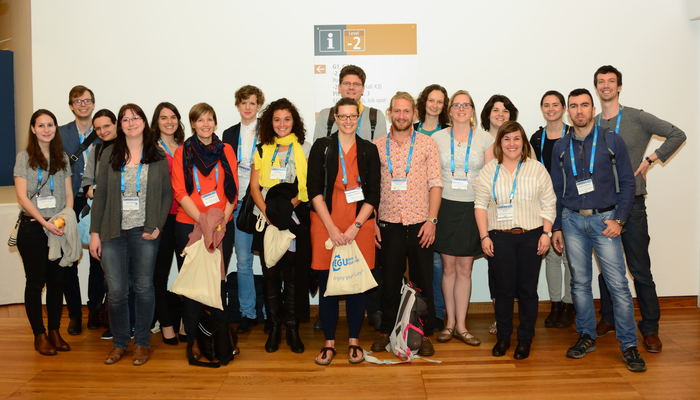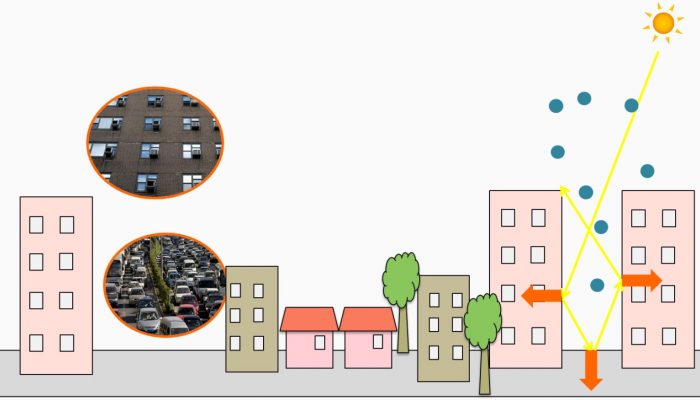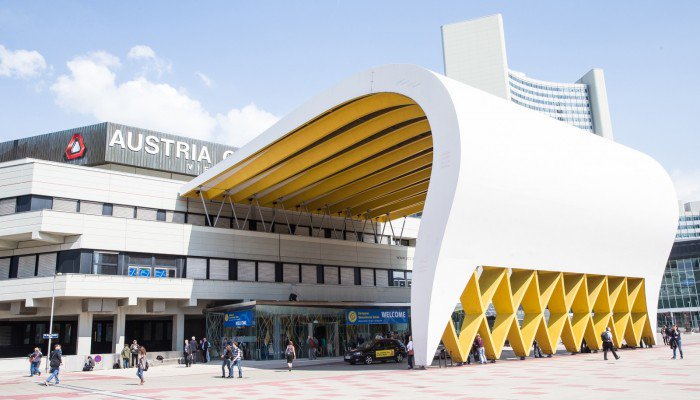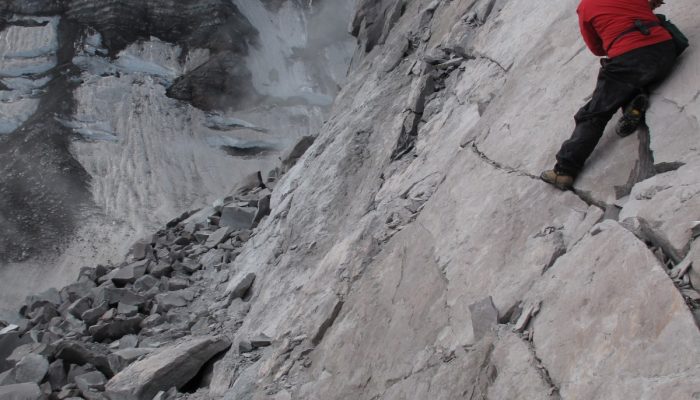Earlier this month we shared a post on how you can keep up to date with all the science being presented at the General Assembly via our social media channels. This week we share with you how you can tune into the conference action, live! Many of the EGU General Assembly highlights will be streamed live, so if you can’t make it to Vienna this year, you can still watch the Union Symposia on Making F ...[Read More]
Cryospheric Sciences
Image of the Week — We’re heading for Vienna
♫ Tatata taaa tatatatata Tatata taaa tatatatatatatata We’re heading for Vienna (Vienna) And still we stand tall ‘Cause maybe they’ve seen us (seen us) And welcome us all, yeah With so many miles left to go And things to be found (to be found) I’m sure that we’ll all miss that so it’s the … ♫ …congratulations, you’ve recognise the song….. ...[Read More]
GeoLog
What’s on for early career scientists at the Assembly in 2017
This year, there’s a great line-up of early career scientist (ECS) sessions at the General Assembly. Not only that, but there are opportunities to meet those that represent you in the Union, get to know other ECS in your field, and make the most of both the scientific and social sides of the conference… Networking First up for ECS is the icebreaker event on the Sunday before the meeting, while thi ...[Read More]
Climate: Past, Present & Future
Hot towns, summer in the city!
Cities obviously experience a different climate than natural landscapes. Already in 1810 the British meteorologist Luke Howard documented that the air temperature in the city of London was several degrees higher than in its surroundings. This so called urban heat island has several causes. In general the relatively dark surfaces of asphalt and roofs absorb solar radiation very efficiently and this ...[Read More]
Tectonics and Structural Geology
You’re an early career scientist and you want to go somewhere… but where?
Only a few more days and the General Assembly of the EGU 2017 will start! Five exciting days with science and the opportunity to meet your colleagues and collaborators, both the old and the new. Earlier this week the outgoing TS President Susanne Buiter and the incoming TS President Claudio Rosenberg posted a blog with TS highlights, but what are the must-see for the Early Career Scientists? This ...[Read More]
Seismology
Some reminders for EGU2017 General Assembly
With only 3 days left for the kick off of the annual European Geosciences Union General Assembly (2017), here is a quick-list to go through in time for EGU. First, read this page for information concerning activities for Early Career Scientists at the GA: https://www.egu.eu/young-scientists/at-the-assembly/ Sunday 23th April: The Opening Reception, 18.30-21.00 in Foyer E. Mingle and tingle with th ...[Read More]
Cryospheric Sciences
A brief guide to navigating EGU 2017!
Are you going to the EGU General Assembly in Vienna next week? If so, read on for a quick guide to navigating the week: Where to start, what to see and how to meet people and enjoy yourself! After all, the meeting is as much about the opportunities meet scientists from all over the world as it is about the science itself. How on Earth do I know what is going on?! The EGU General Assembly is a mass ...[Read More]
Tectonics and Structural Geology
Highlights at EGU 2017 from the division for Tectonics and Structural Geology
Susanne Buiter (outgoing TS president, Geological Survey of Norway) and Claudio Rosenberg (incoming TS president, UPMC France) It is with great pleasure that we write this blog welcoming everyone to EGU’s upcoming General Assembly in Vienna, and especially to the many events organised by our division for Tectonics and Structural Geology! We are highlighting some of the week’s many events below, th ...[Read More]
GeoLog
Imaggeo on Mondays: In the belly of the beast
Conducting research inside a volcanic crater is a pretty amazing scientific opportunity, but calling that crater home for a week might just be a volcanologist’s dream come true, as Alexandra postdoctoral researcher at the Institut de Physique du Globe de Strasbourg, describes in this week’s Imaggeo on Mondays. This picture was taken from inside the crater of Mount St Helens, a stratovolcano ...[Read More]
GeoLog
Short courses at EGU 2017
With a whopping 96 short courses at this year’s General Assembly, there is more than ever to choose when it comes to broadening your expertise. You can supercharge your scientific skills, broaden your base in science communication and pick up tips on how to boost your career – be it in academia or outside. There is also a course aimed at making your time at the conference easier -be sure to take p ...[Read More]

